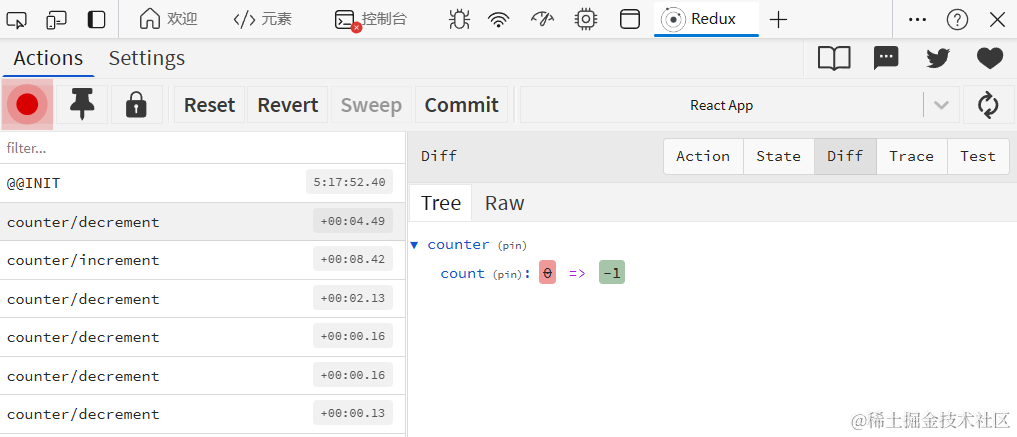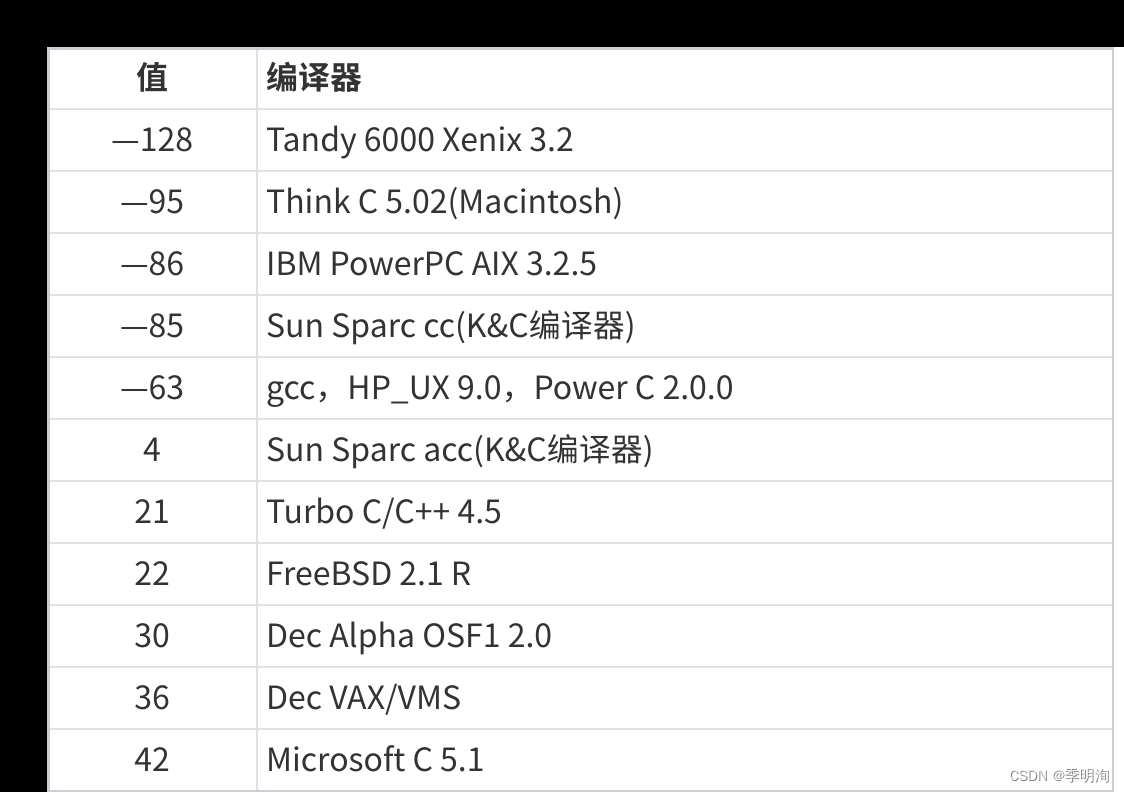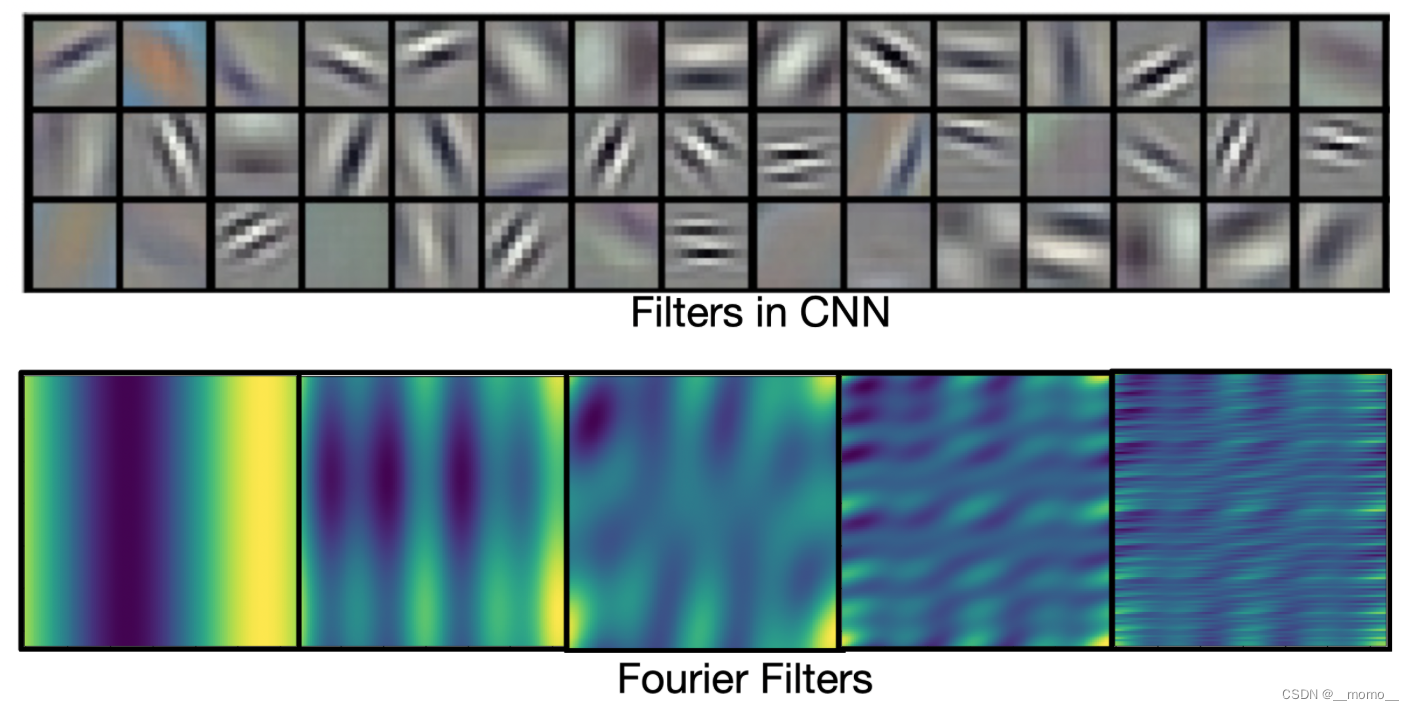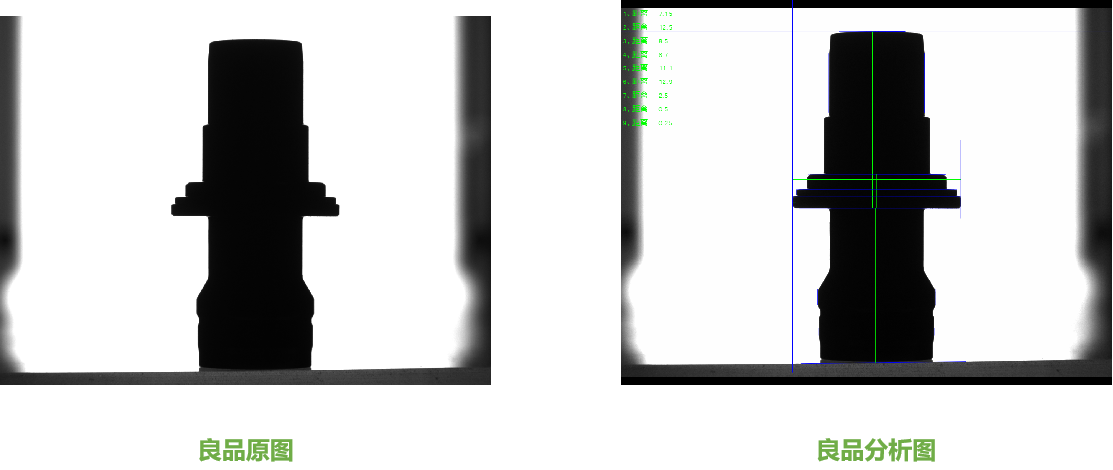我们先看下最终效果:

1. ES索引新建
PUT administrative_division
{
"mappings": {
"properties": {
"province": {
"type": "keyword"
},
"province_code": {
"type": "keyword"
},
"city": {
"type": "keyword"
},
"city_code": {
"type": "keyword"
},
"district": {
"type": "keyword"
},
"district_code": {
"type": "keyword"
},
"town": {
"type": "keyword"
},
"town_code": {
"type": "keyword"
},
"committee": {
"type": "keyword"
},
"committee_code": {
"type": "keyword"
},
"type_code": {
"type": "keyword"
}
}
},
"settings": {
"number_of_replicas": 0,
"number_of_shards": 1
}
}
2. 代码编写
此处代码找的网上大神写的个人认为较为简洁的,直接拿来用改下存储
from lxml import etree
import requests
import time
import random
"""
国家统计局行政区划获取
"""
from elasticsearch import helpers, Elasticsearch
def init_es_client(es_host):
es = Elasticsearch(hosts=[es_host], verify_certs=False)
return es
es_client = init_es_client('http://127.0.0.1:9200')
actions = list()
count = 0
def get_html(url):
response = requests.get(url)
response.encoding = "utf8"
res = response.text
html = etree.HTML(res)
return html
base_url = "http://www.stats.gov.cn/sj/tjbz/tjyqhdmhcxhfdm/2023/"
url = base_url + "index.html"
province_html = get_html(url)
province_list = province_html.xpath('//tr[@class="provincetr"]/td')
province_code = province_list[0].xpath('//td/a/@href')
province_name = province_list[0].xpath('//td/a/text()')
province = dict(zip([p.split(".")[0] for p in province_code], province_name))
actions = list()
for p_key in province.keys():
url_city = base_url + p_key + ".html"
time.sleep(random.randint(0, 3))
city_html = get_html(url_city)
if city_html is None:
print("city_html is None", url_city)
continue
city_code = city_html.xpath('//tr[@class="citytr"]/td[1]/a/text()')
city_name = city_html.xpath('//tr[@class="citytr"]/td[2]/a/text()')
city_url = city_html.xpath('//tr[@class="citytr"]/td[1]/a/@href')
for c_num in range(len(city_url)):
county_url = base_url + city_url[c_num]
time.sleep(random.randint(0, 3))
county_html = get_html(county_url)
if county_html is None:
print("county_html is None", county_url)
continue
county_code = county_html.xpath('//tr[@class="countytr"]/td[1]/a/text()')
county_name = county_html.xpath('//tr[@class="countytr"]/td[2]/a/text()')
county_url = county_html.xpath('//tr[@class="countytr"]/td[1]/a/@href')
for t_num in range(len(county_url)):
town_url = base_url + "/" + city_url[c_num].split('/')[0] + "/" + county_url[t_num]
time.sleep(random.randint(0, 3))
town_html = get_html(town_url)
if town_html is None:
print("town_html is None", town_url)
continue
town_code = town_html.xpath('//tr[@class="towntr"]/td[1]/a/text()')
town_name = town_html.xpath('//tr[@class="towntr"]/td[2]/a/text()')
town_url = town_html.xpath('//tr[@class="towntr"]/td[1]/a/@href')
for v_num in range(len(town_url)):
code_ = town_url[v_num].split("/")[1].rstrip(".html")
village_url = base_url + code_[0:2] + "/" + code_[2:4] + "/" + town_url[v_num]
time.sleep(random.randint(0, 3))
village_html = get_html(village_url)
if village_html is None:
print("village_html is None", village_url)
continue
# 居委村委代码
village_code = village_html.xpath('//tr[@class="villagetr"]/td[1]/text()')
# 居委村委城乡分类代码
village_type_code = village_html.xpath('//tr[@class="villagetr"]/td[2]/text()')
# 居委村委名称
village_name = village_html.xpath('//tr[@class="villagetr"]/td[3]/text()')
for num in range(len(village_code)):
v_name = village_name[num]
v_code = village_code[num]
type_code = village_type_code[num]
info = dict()
info['province'] = str(p_key).ljust(12, '0')
info['province_code'] = province[p_key]
info['city_code'] = city_code[c_num]
info['city'] = city_name[c_num]
info['district_code'] = county_code[t_num]
info['district'] = county_name[t_num]
info['town_code'] = town_code[v_num]
info['town'] = town_name[v_num]
info['type_code'] = type_code
info['committee_code'] = v_code
info['committee'] = v_name
action = {
"_op_type": "index",
"_index": "administrative_division",
"_id": v_code,
"_source": info
}
actions.append(action)
if len(actions) == 10:
helpers.bulk(es_client, actions)
count += len(actions)
print(count)
actions.clear()
if len(actions) > 0:
helpers.bulk(es_client, actions)
count += len(actions)
print(count)
actions.clear()
好了,每年更新一次,慢慢跑着吧,当然我们没有考虑历史变更情况,欢迎关注公众号 算法小生,获取第一资讯
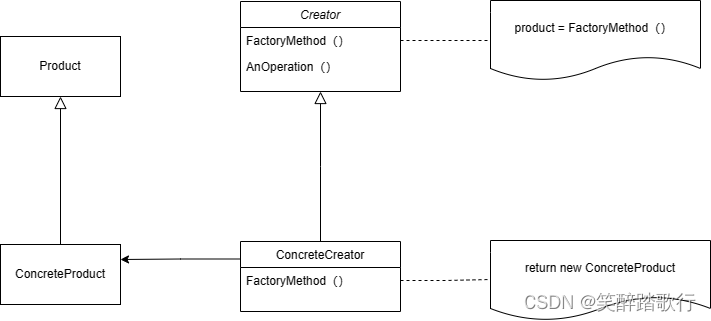



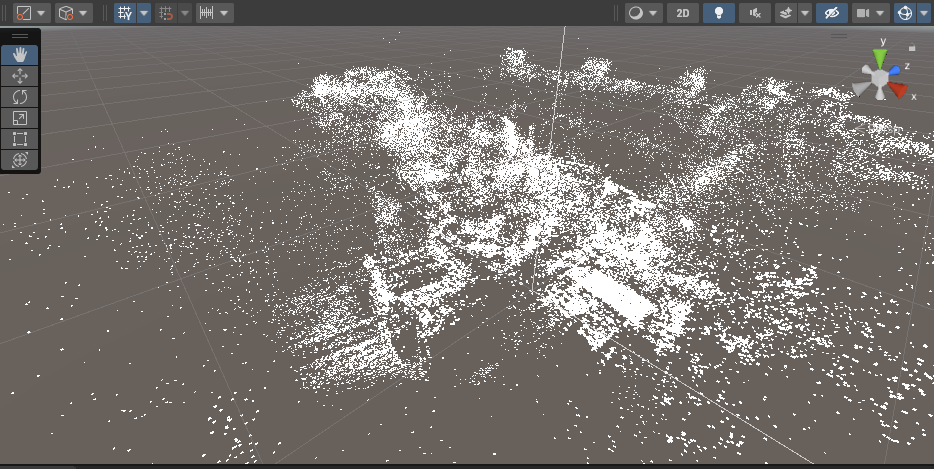
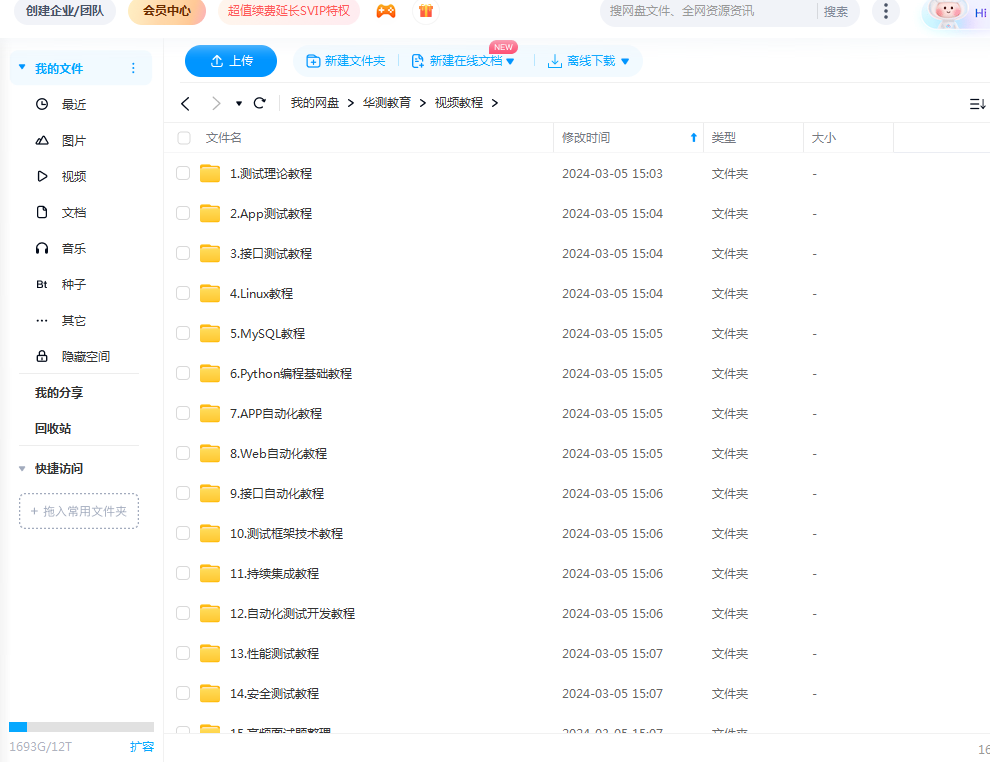


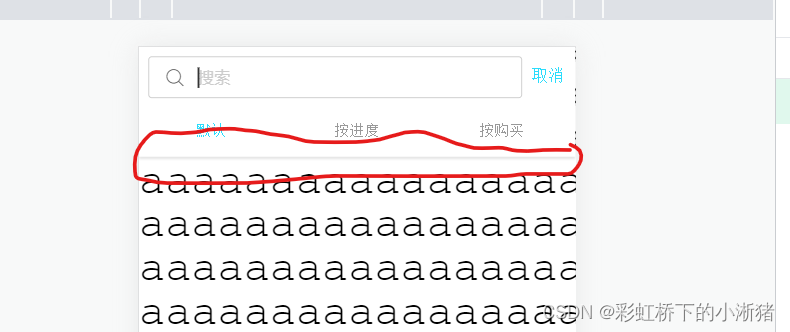
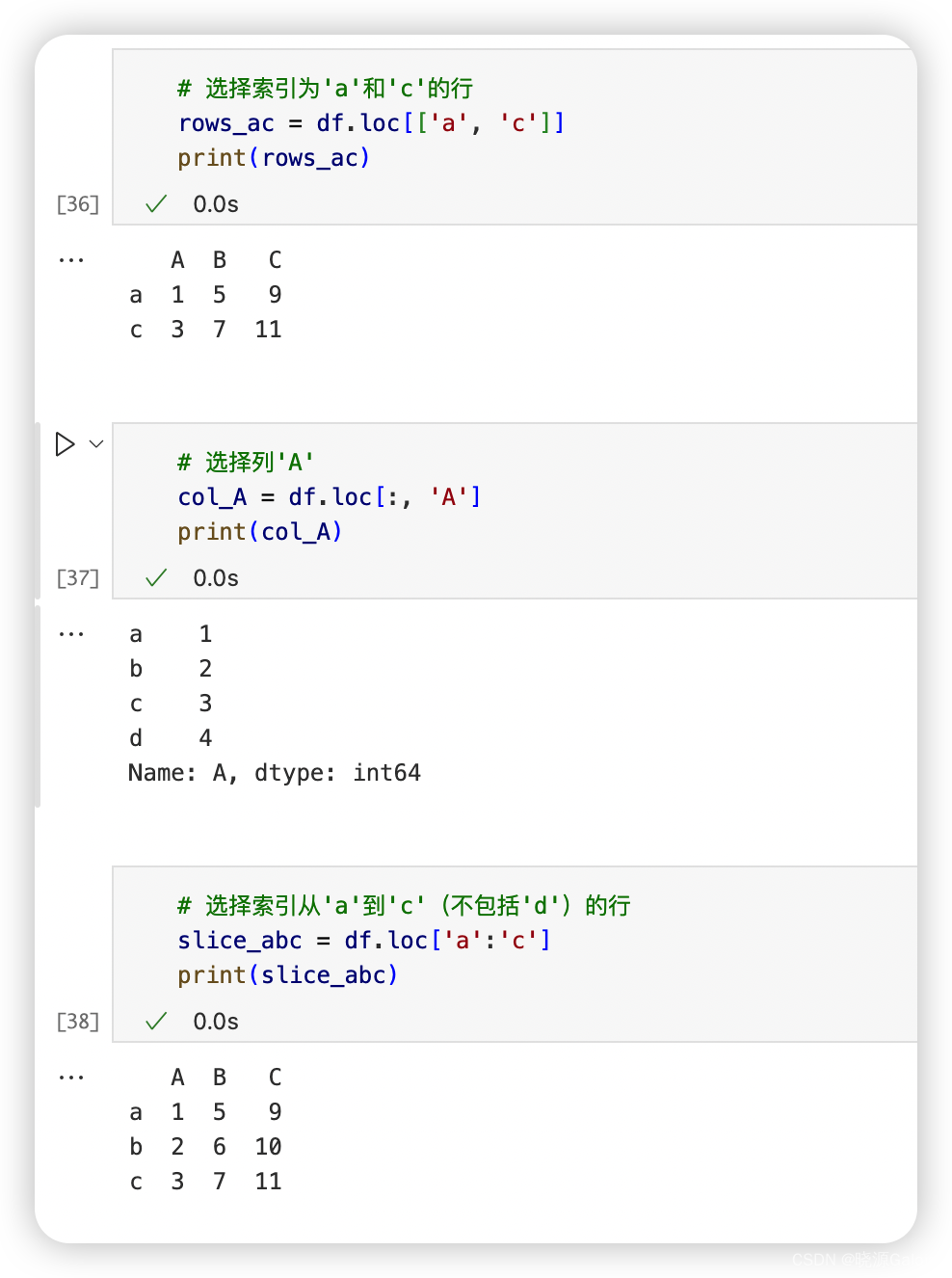


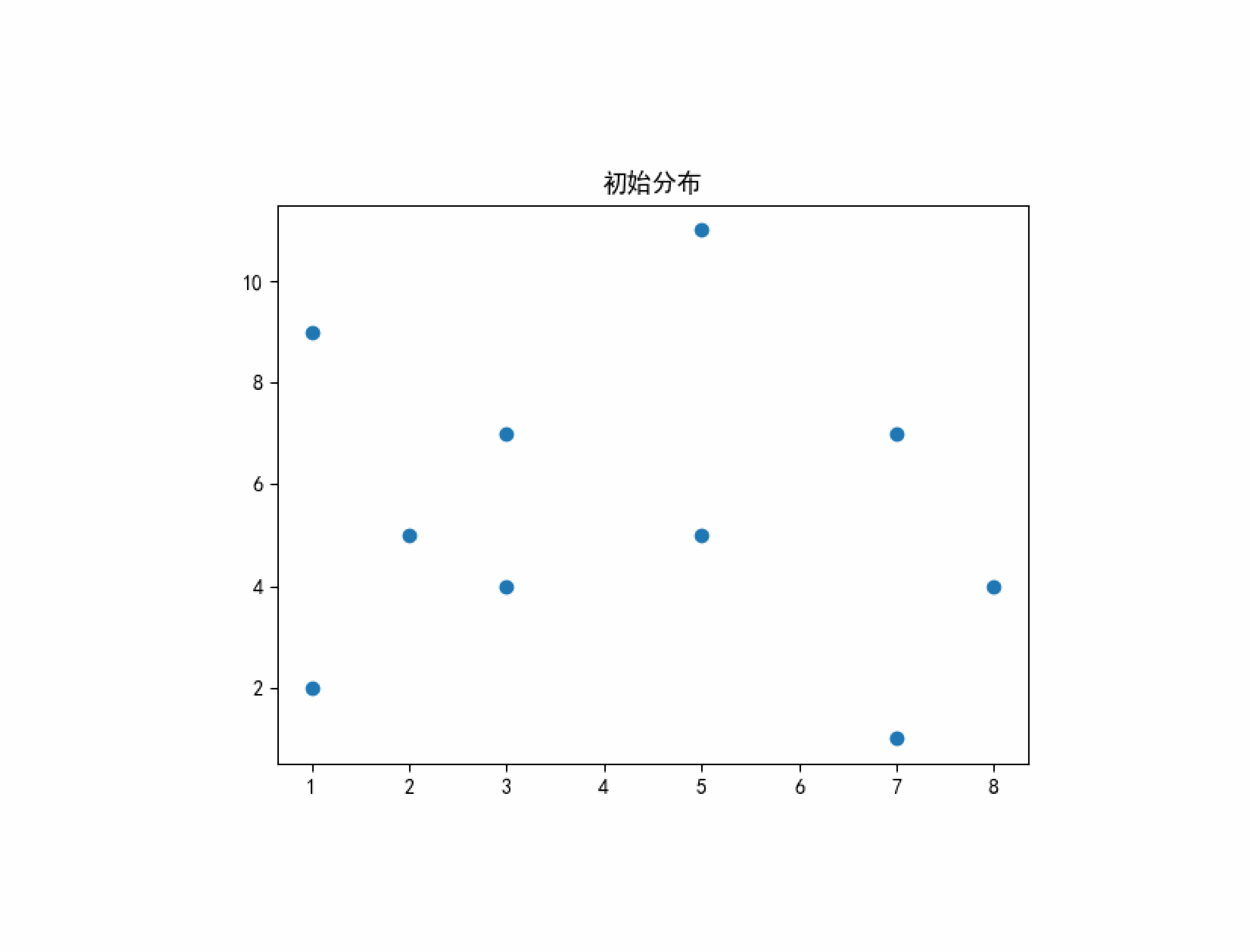
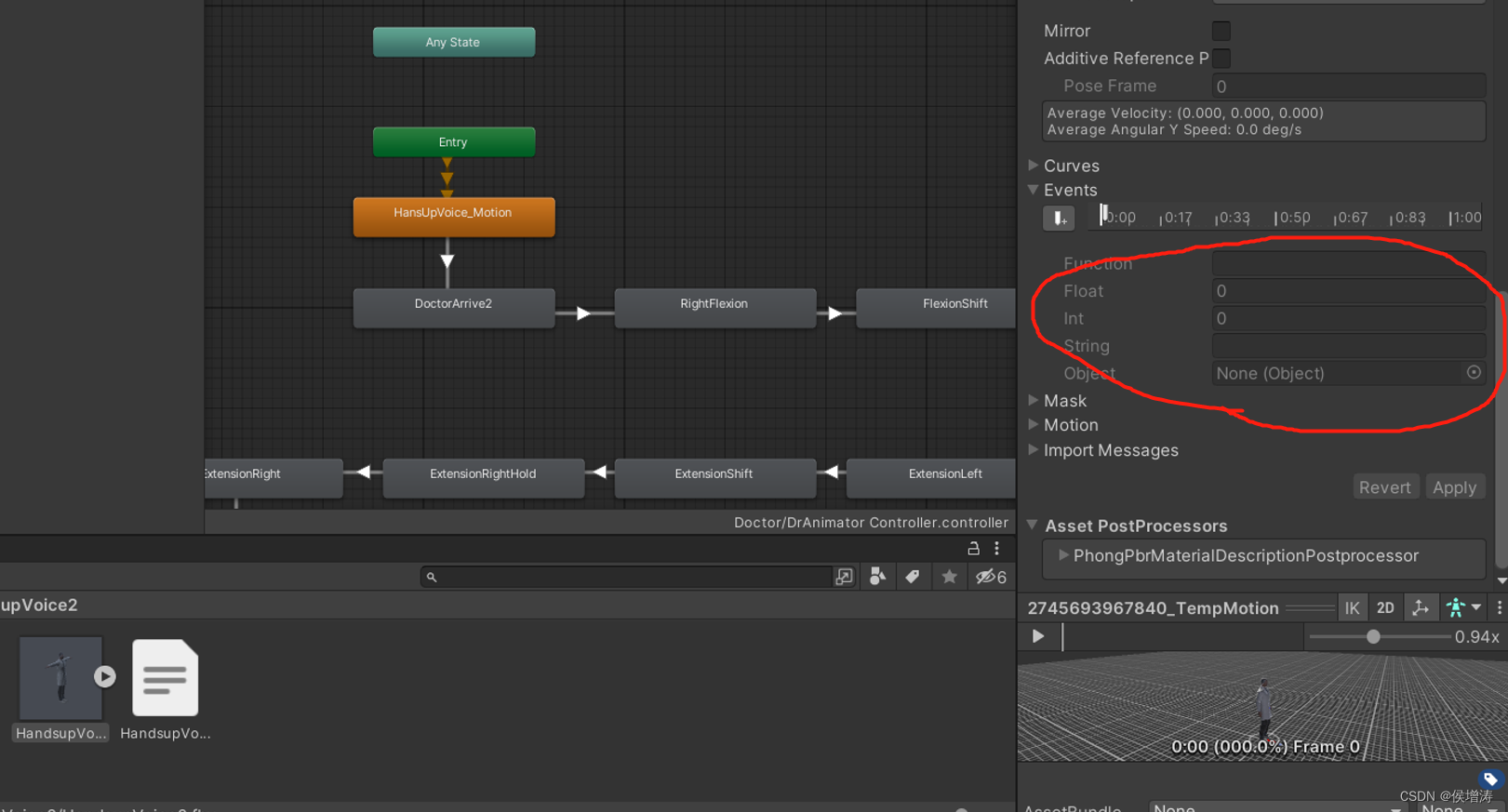
![[lesson19]对象的构造(下)](https://img-blog.csdnimg.cn/direct/00e16fabedd24b9baedee8478e4a2395.png#pic_center)
